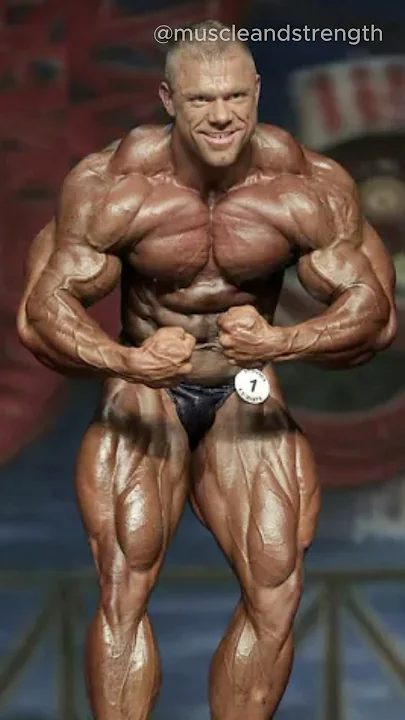Low weight capacity: Generally, it’s a good idea to shift away from any bench that doesn’t have a 500-pound weight capacity. Even if you don’t plan on lifting heavy, it’s important to opt for a bench that can safely support you, the weight you’ll be lifting, and any added impact that might occur during use. That being said, there are a few sub-500-pound benches on this list that we do like. Benches like those listed from Escape Fitness and NordicTrack are NOT sturdy to the level we’d want for heavy-lifters, but they also don’t pretend to be. Every bench on the market should have a listed weight rating, so consider it a red flag if that information isn’t made accessible on a manufacturer’s product page. The thicker the steel used to make the bench, the stronger it is; we recommend opting for 11-gauge steel when possible, as it’s most commonly used in benches with at least a 1,000-pound rating. Short return or warranty period: Return policies and warranties represent the manufacturer’s confidence in their product. And with most home gym equipment manufacturers, the better the quality, the better the warranty. In the case that something goes wrong with your bench, it’s important to know your investment is protected, so look for benches that come with at least a 1-year warranty.Padding: The right balance between stiff and cushioned padding is essential to ensure your bench will stay in good condition with use. Highly cushioned benches might feel nice, but they tend to deform over time, creating an even surface. While most padding is stitched to the bench, some is stapled, which tends to lift away from the bench’s frame eventually. Pad gaps: If you plan on using your adjustable bench for flat bench variations, be mindful of the distance between the back pad and seat pad (otherwise known as the ‘pad gap’). Anything larger than 2 inches will be noticeable and may feel uncomfortable during certain lifts.Price: The type of bench, specifications and features offered, quality of the materials, and durability of the build all contribute to the price tag you’ll pay for a given bench. As a rule of thumb, cheap options will ultimately pack less value in the long-term.Other features: Consider the type of bench you’re looking for and whether you’ll need to move it around your at-home gym space. Adjustable benches tend to weigh more, so you’ll want one with wheels and/or handles to make setting up and stowing away a breeze.Consider the bench’s base, too. Heavier benches (like the Prime Fitness or Hammer options above) are sturdy enough that, when you’re doing, say, a spider curl or incline row and you throw your chest against the bench, it won’t slide. But if you purchase a lighter-weight bench, such as a Bowflex or even Flybird model, you definitely want something with rubber grips. Without them, the bench will slide away if you lean against it. If you opt for a model (or already have one) without grips, throw a yoga mat underfoot for some extra stick.
Source link







